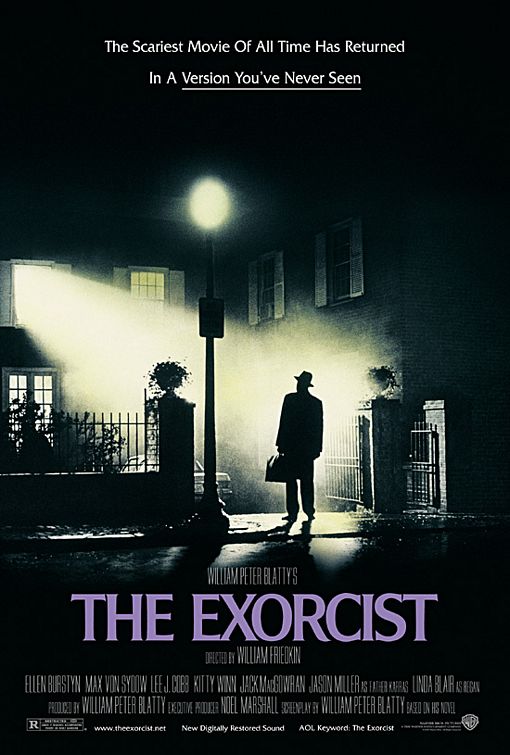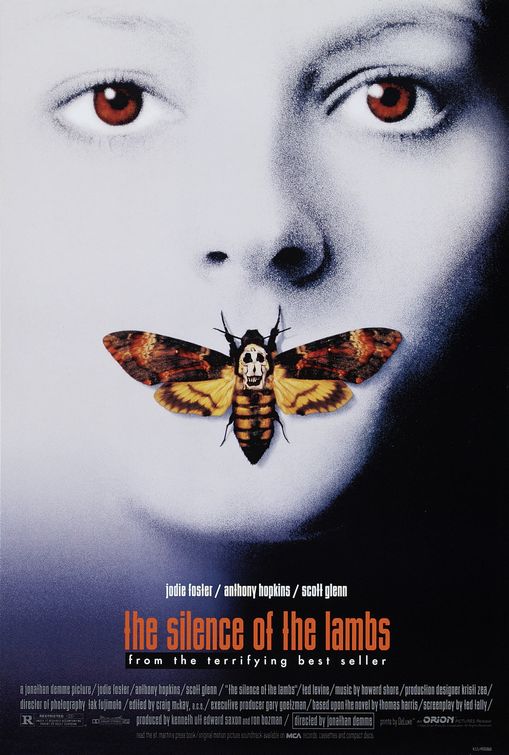by Mike Dawson
Left Field Cinema
Part one of a five part series asking whether horror movies are the modern day equivalent of the classical morality tales from the years before cinema.

“There are certain rules that one must abide by in order to successfully survive a horror movie. Number one: You can never have sex… Sex equals death… Number two: You can never drink or do drugs. It’s the sin factor, it’s a sin, it’s an extension of number one. And number three, never, ever, under any circumstances say ‘I’ll be right back’, because you won’t be back.” (Craven, 1996)
This quote is taken from the Wes Craven film Scream (1996), a part parody, part pastiche, part postmodern thriller. It can easily be considered the most self-observant horror movie ever made. It examines its own genre clichés and traits with the keenest eye. The ‘sin factor’, which the character of Randy (played by Jamie Kennedy) refers to in Scream, is rightly stated to be the creative force behind these clichés and traits. The ’sin factor’ is central to the nature of horror films, and means that the issue of morality is innate within the genre. The horror film can be viewed as a modern day version of the classical morality tales which took the popular shape of nursery rhymes and fairy tales in the years before cinema was invented. Morality tales are narratives with a clear moral message that is reinforced as the plot unfolds; usually the message of the piece is a warning of some kind that is often set in a metaphorical scenario. The supernatural or hyper real settings and the simplistic plotlines of morality tales are often in place for two reasons. Firstly to simplify the message to a form which is not complicated by the intricacies and ambiguities of the modern world. Secondly to produce messages and warnings about sensitive or recent subjects without directly commenting on those subjects, therefore reducing the culpability for any offence taken by the readership or audience. This is a four part episode and a study of whether horror films can truly be viewed as morality tales, whether the various elements and narrative details of morality tales also apply to horror films.
Horror is arguably films most excessive, extroverted, and exploitative genre, (using in many cases, grim prosthetic effects, sudden bursts of sound or music, incredulous resurrections, and unnecessary scenes of nudity to surprise or titillate the audience) it also has a very conservative undertone intrinsic to most morality tales. This undertone contradicts the violent uncensored approach that most horror films adopt.

The ‘creature feature’ films of the 1950’s are interesting examples where radiation (usually) from A-bombs creates a giant insect or lizard of some kind. This was a thinly veiled metaphor for the then current communist fears, they could be simple everyday creatures like tiny insects, or a friendly next door neighbour, but then nuclear bombs are detonated and they transform into deadly monsters, just as the next door neighbour transforms into a soviet agent ready to invade the USA from within.
P. Wells makes the connection between national fears and the horror movie in the 2000 book The Horror Genre:
“The history of the horror film is essentially a history of anxiety in twentieth century. In the way that fairytales, folktales and gothic romances articulated the fears of the ‘old’ world characterised by a rationale of industrial, technological and economic determinism. Arguably, more than any other genre, it has interrogated the deep-seated effects of change…”
However it has interrogated these effects with a largely conservative bias, essentially fighting against change. This bias is not only in terms of international politics, or xenophobia, but also domestic conservatism.
To Read the Rest of the Introduction
To Listen to the Analysis

The rest of the series:

"Horror Movies as Modern Day Morality Tales – The Exorcist."


"Horror Movies as Modern Day Morality Tales – Friday the 13th and Halloween"


"Horror Movies as Modern Day Morality Tales – The Silence of the Lambs and Se7en."

"Horror Movies as Modern Day Morality Tales – Conclusions."
No comments:
Post a Comment